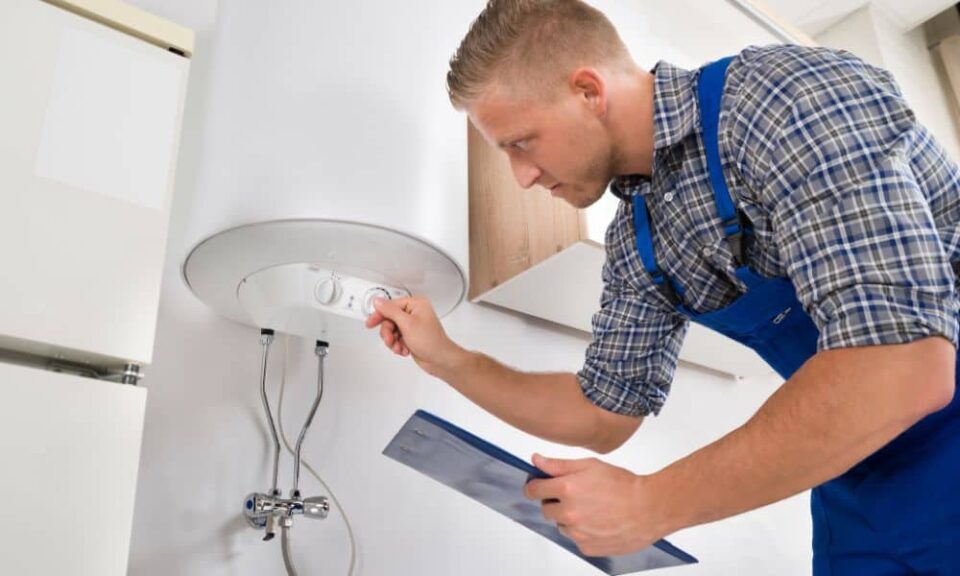In the realm of home comfort, few things are as crucial as a well-functioning heating system. Whether it’s the icy depths of winter or a chilly autumn evening, a reliable heater can make all the difference. However, achieving optimal performance from your heating system begins with proper installation. In this guide, we’ll delve into the intricacies of heater installation, exploring everything from preparation to execution, ensuring your home remains a warm sanctuary in the coldest of seasons.
Understanding Your Heating System
Before diving into the installation process, it’s essential to grasp the fundamentals of your heating system. Whether you have a furnace, boiler, or heat pump, understanding how these components work together lays the groundwork for a successful installation. Familiarize yourself with the different types of heating systems to determine the most suitable option for your home’s heating needs.
Preparation: Setting the Stage for Success
A successful heater installation begins with thorough preparation. Start by assessing your current heating setup and identifying any necessary upgrades or repairs. Clear the installation area of any obstructions and ensure adequate ventilation to prevent safety hazards. Additionally, gather all the necessary tools and materials, including pipes, fittings, and insulation, to streamline the installation process.
Choosing the Right Location
Selecting the optimal location for your heater is crucial for maximizing efficiency and safety. Consider factors such as proximity to existing ductwork, ease of access for maintenance, and ventilation requirements. Avoid placing the heater near flammable materials or in high-traffic areas to minimize safety risks. Consulting with a professional heating technician can provide valuable insights into choosing the ideal location for your heater.
Installation: Step-by-Step Guide
- Shut Off Power and Gas Supply: Before beginning the installation process, ensure the power and gas supply to the heater are turned off to prevent accidents.
- Remove Old Heater (if applicable): If replacing an existing heater, carefully remove the old unit, disconnecting all electrical and gas connections.
- Prepare Installation Area: Clear the designated installation area of debris and ensure adequate space for the new heater.
- Install Ductwork (if necessary): If installing a forced-air heating system, lay down ductwork according to the manufacturer’s specifications, ensuring proper sizing and sealing to prevent air leaks.
- Connect Fuel Lines and Electrical Wiring: Carefully connect the fuel lines and electrical wiring to the new heater, following manufacturer guidelines and local building codes.
- Test for Leaks and Proper Operation: Once the installation is complete, conduct thorough testing to check for any leaks or malfunctions. Verify proper airflow and heating output to ensure optimal performance.
Final Touches and Maintenance
With the installation complete, it’s time to add the final touches and establish a maintenance routine to keep your heating system running smoothly. Install thermostat controls, seal ductwork joints, and insulate exposed pipes to maximize energy efficiency and comfort. Additionally, schedule regular maintenance inspections to address any issues promptly and prolong the lifespan of your heater.
Conclusion
A successful heater installation is the cornerstone of a reliable and efficient heating system. By understanding the fundamentals of your heating system, preparing diligently, and following a systematic installation process, you can ensure optimal performance and comfort in your home year-round. Remember to prioritize safety at every step and consult with professional heating technicians for complex installations. With proper care and maintenance, your heating system will provide warmth and comfort for years to come.

